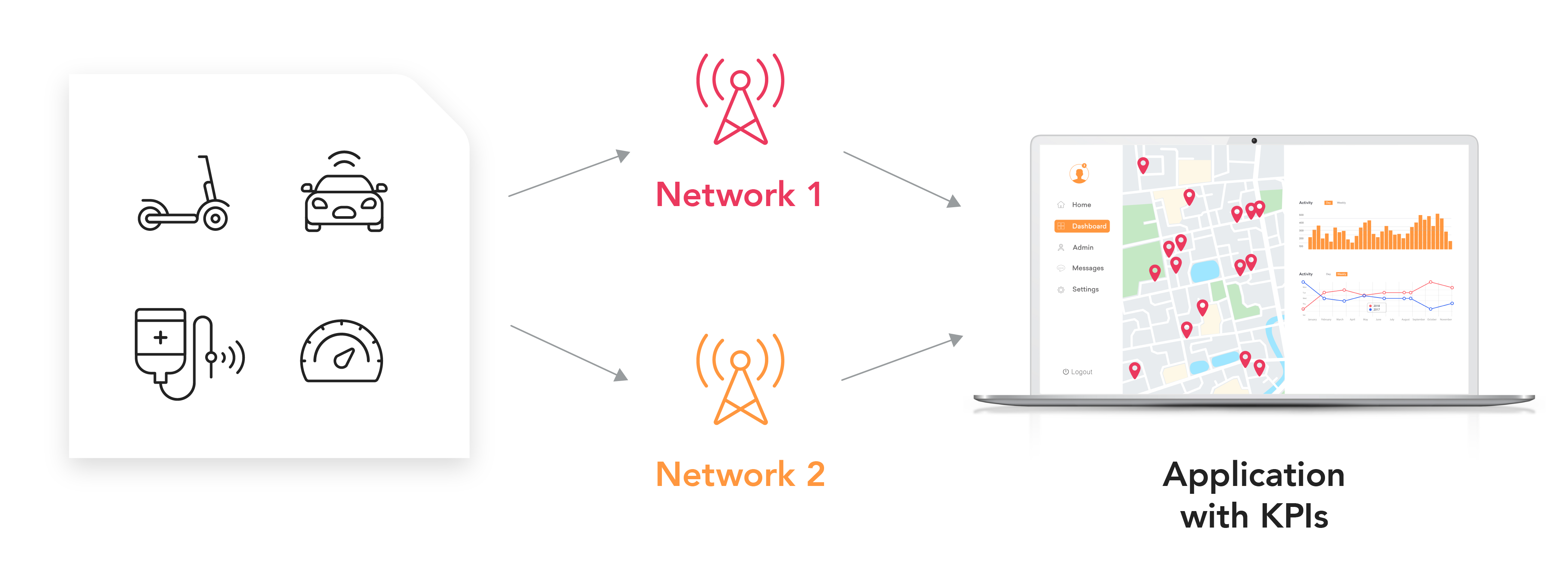How to Manage Redundancy Pay If Company Goes Bust: Key Info for UK Workers
How to Manage Redundancy Pay If Company Goes Bust: Key Info for UK Workers
Blog Article
Discovering the Operational Dynamics of Business Redundancy and Its Long-Term Sustainability

Redundancy Techniques for Business Continuity
In order to ensure undisturbed operations, organizations have to execute effective redundancy strategies for organization connection. Redundancy in this context refers to the duplication of vital parts or features within a system to mitigate the impact of possible failures. By incorporating redundancy methods, companies can boost their resilience against disturbances brought on by different elements such as all-natural calamities, devices failures, or cyber-attacks.
One usual redundancy method is the implementation of back-up systems and data storage space remedies. This involves producing matches of vital information and systems that can be turned on in situation of a main system failure. In addition, companies can establish redundant communication channels and source of power to maintain connection and procedures during unanticipated occasions.
Moreover, cross-training staff members to carry out multiple roles within the company can act as an important redundancy technique. If crucial personnel are inaccessible due to ailment or various other factors, this makes sure that essential jobs can still be carried out even. On the whole, efficient redundancy techniques are vital for businesses to promote operational continuity and minimize the influence of possible disruptions.
Influence of Redundancy on Organizational Resilience
Given the critical role redundancy methods play in ensuring business connection, exploring the impact of redundancy on organizational strength ends up being essential for recognizing the alternative functional characteristics of a company. Organizational durability describes an entity's ability to adjust to interruptions, recuperate from problems, and transform when needed while maintaining core features. Redundancy, when tactically applied, can considerably add to enhancing a company's strength in the face of unforeseen difficulties. By having back-up systems, workers, or processes in location, firms can better hold up against shocks and proceed procedures with very little interruption.
In addition, redundancy can foster development and creative thinking within an organization as workers feel encouraged to take computed dangers, understanding that there is a safety and security internet to sustain them in instance of failing. Generally, the influence of redundancy on business durability is profound, shaping the long-term sustainability and success of a company.
Balancing Efficiency and Flexibility in Redundancy
Achieving a harmonious stability between operational effectiveness and flexible adaptability is a critical difficulty in the strategic implementation of redundancy within organizations. Efficient procedures are necessary for preserving performance and cost-effectiveness, ensuring that resources are used efficiently. Nonetheless, extreme focus on efficiency alone can lead to rigidness, making it difficult for organizations to adjust to unexpected modifications or difficulties. On the other hand, adaptability permits companies to react nimbly to developing situations, promoting development and durability. Yet, excessive flexibility without a strong functional structure can lead to ineffectiveness and incongruity.
To balance effectiveness and versatility in redundancy preparation, companies have to meticulously assess their operational demands, market characteristics, and strategic objectives. Implementing lean methods can enhance effectiveness by improving procedures and removing waste, while fostering a society of versatility and constant enhancement can improve versatility. Additionally, investing in cross-training programs and durable communication channels can help cultivate a flexible labor force efficient in managing varied tasks during durations of transition. Ultimately, finding the ideal balance in between effectiveness and adaptability is crucial for constructing a lasting and resilient company when faced with unpredictability.
Long-Term Sustainability Through Redundancy Preparation
To ensure long-lasting viability and stability, organizations have to tactically straighten their redundancy preparation with long-lasting sustainability objectives, thereby integrating functional efficiency with flexible flexibility. Long-term sustainability through redundancy Recommended Site planning entails more than simply short-term cost-cutting procedures. It requires a comprehensive critical approach that expects future obstacles and opportunities. Business should watch redundancy not as a responsive solution to immediate issues however as a proactive strategy for long-term success. By incorporating redundancy preparation with sustainability goals, organizations can develop a resistant structure that can withstand different market fluctuations and inner modifications.

Positive Measures for Sustainable Business Procedures
How can firms proactively improve their functional sustainability for long-term success? Implementing proactive measures is essential for companies aiming to make certain lasting operations.
Furthermore, cultivating a culture of constant improvement and understanding within the organization can improve flexibility to changing market problems and consumer needs. Encouraging staff member involvement in decision-making procedures and giving opportunities for professional advancement can boost morale, performance, and overall performance. Developing clear objectives, checking crucial efficiency indications, and routinely evaluating progress are vital elements of proactive sustainability management.
Teaming up with suppliers, consumers, and other stakeholders to promote sustainable practices throughout the supply chain can produce a causal sequence of positive influence - redundancy pay if company goes bust. By taking proactive steps towards functional sustainability, business can develop strength, drive innovation, and secure their lasting success in an ever-evolving service landscape
Verdict

In the realm of organizational monitoring, the calculated implementation of firm redundancy stands as an essential yet elaborate technique that requires a delicate balance between operational performance and long-lasting viability. By studying the functional dynamics that underpin company redundancy and assessing its wider implications for organizational resilience and versatility, a nuanced understanding of exactly how redundancy strategies can shape the future trajectory of a firm begins to unfold.Given the vital function redundancy approaches play in guaranteeing service connection, checking out the impact of redundancy on view publisher site organizational resilience ends up being important for recognizing the holistic operational characteristics of a firm. Overall, the influence of redundancy on business strength is profound, forming the lasting sustainability and success of a firm.
In conclusion, recognizing the functional look what i found dynamics of firm redundancy is vital for making sure long-term sustainability.
Report this page